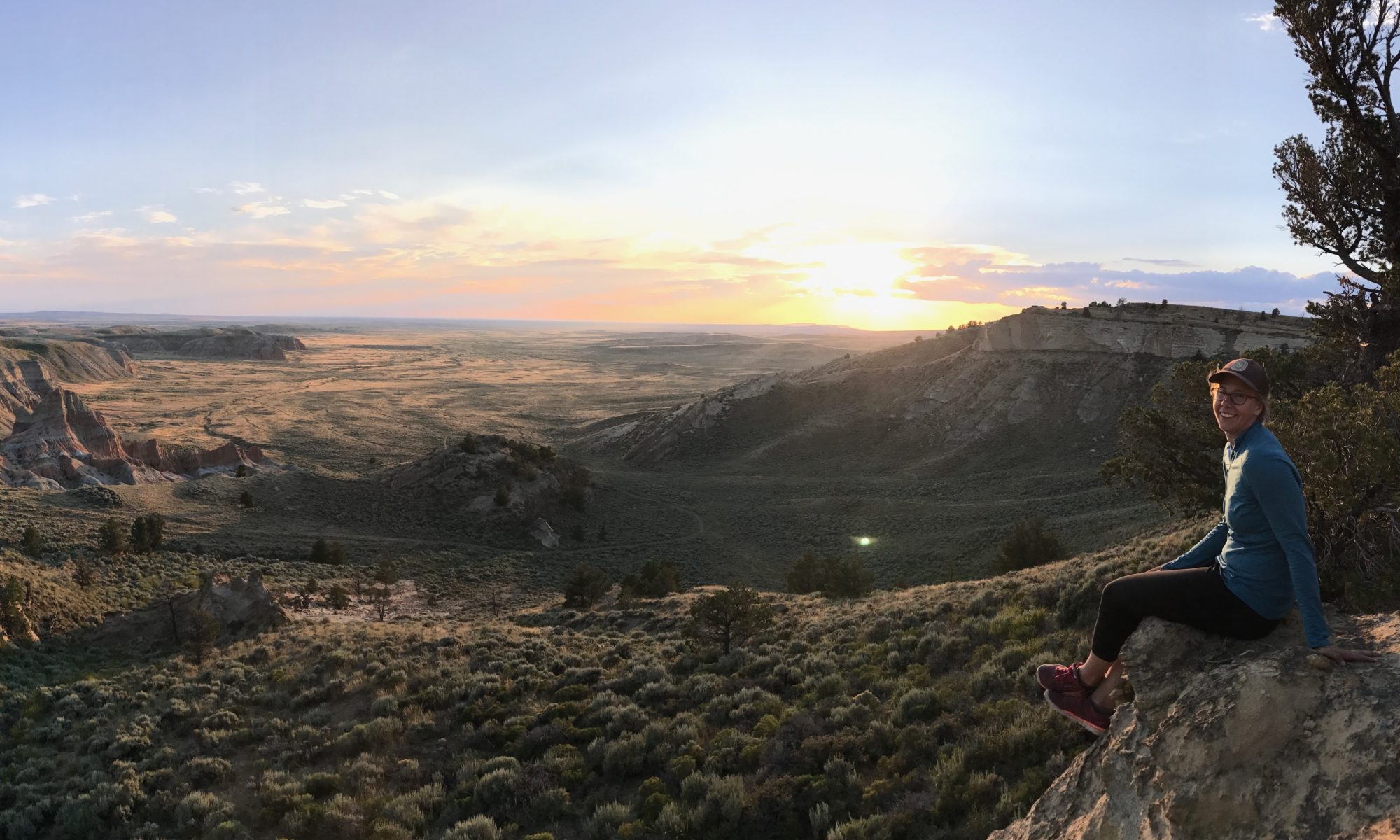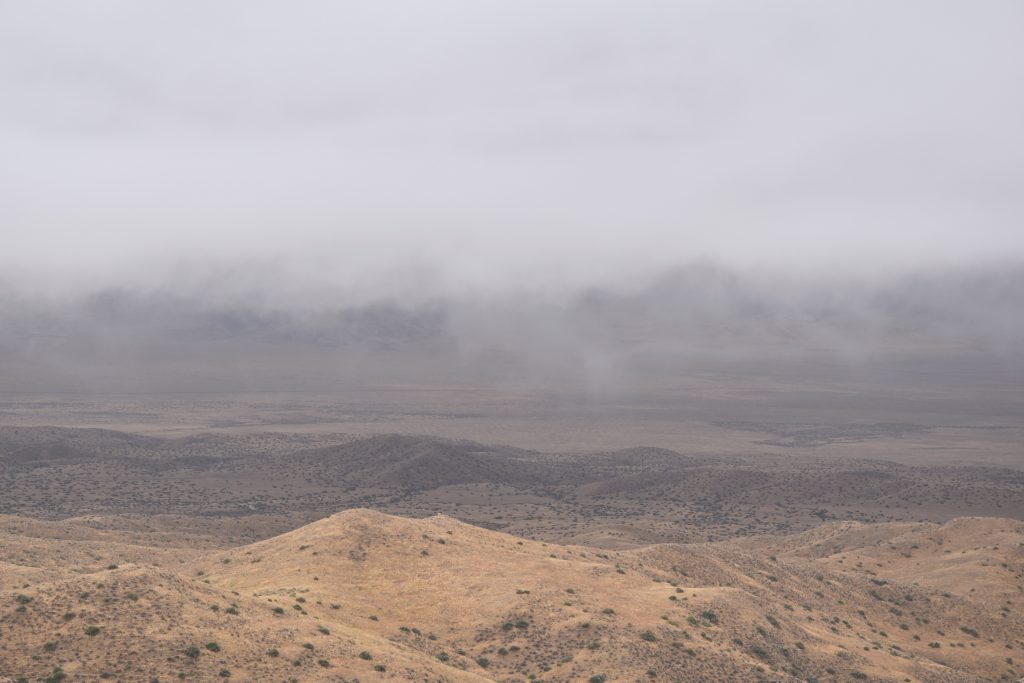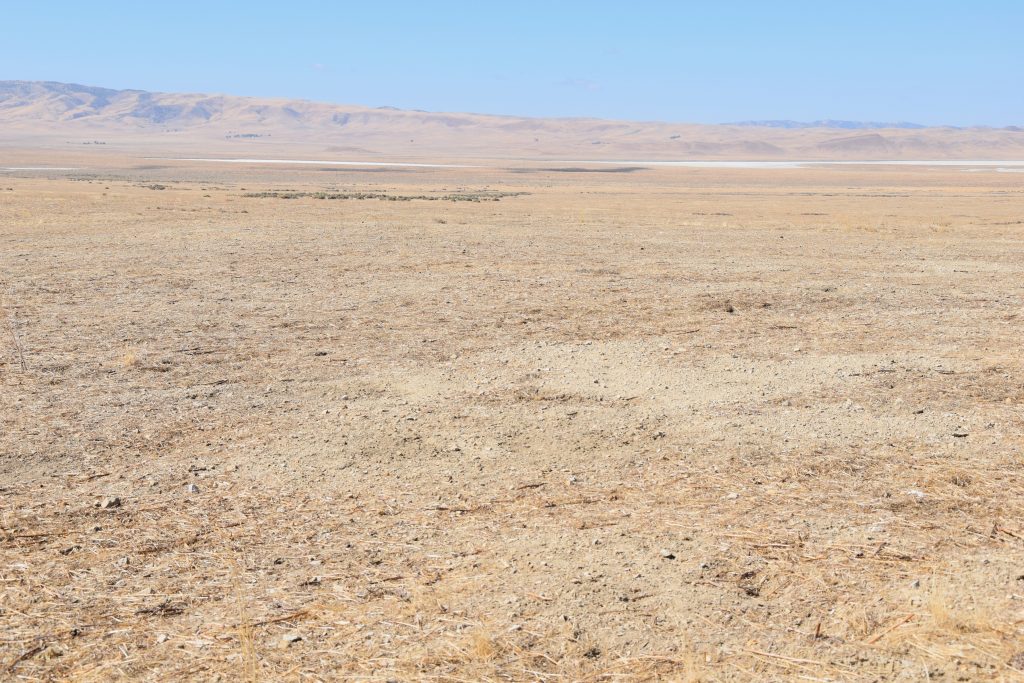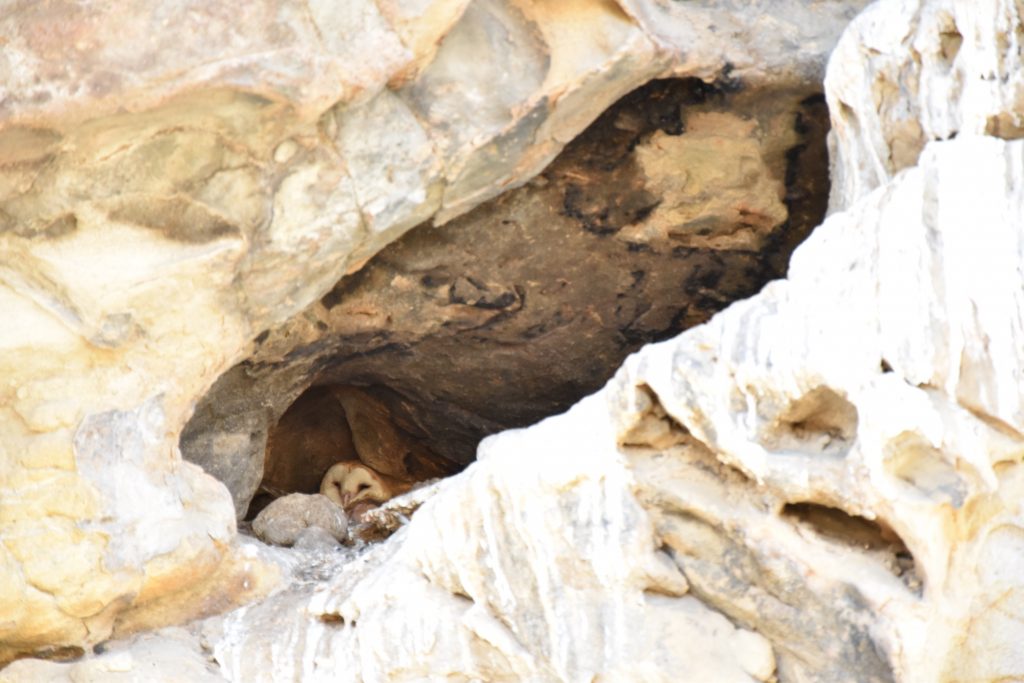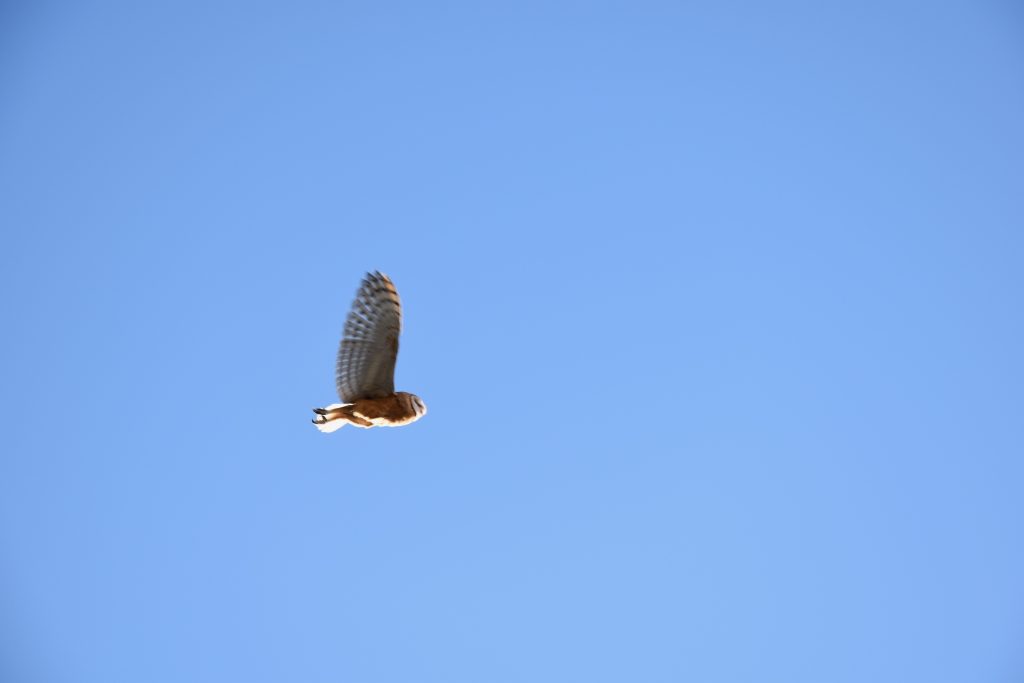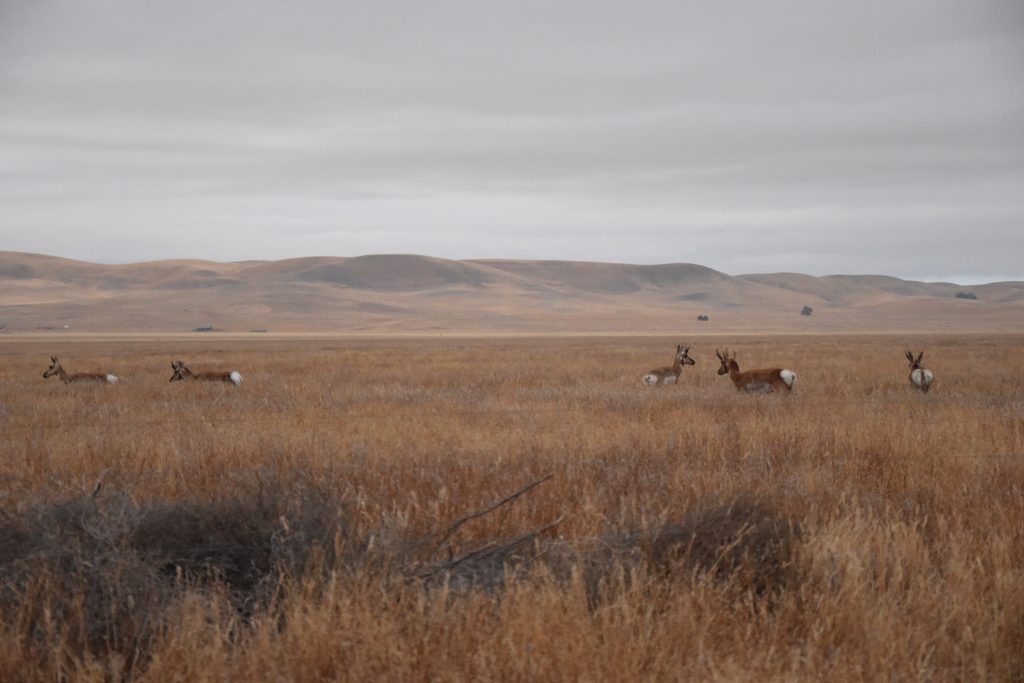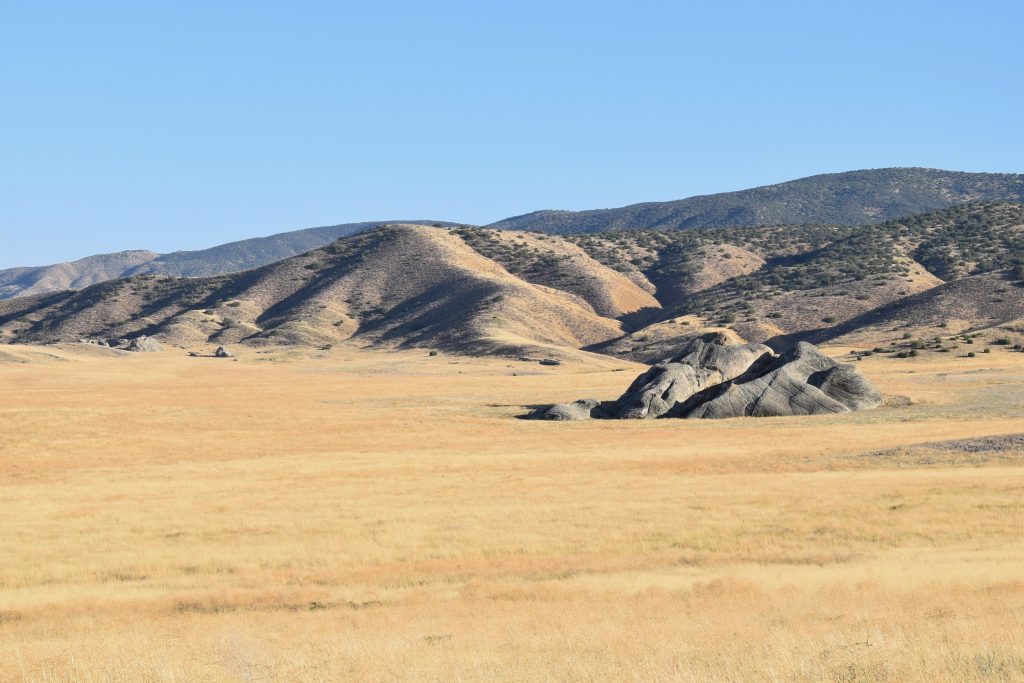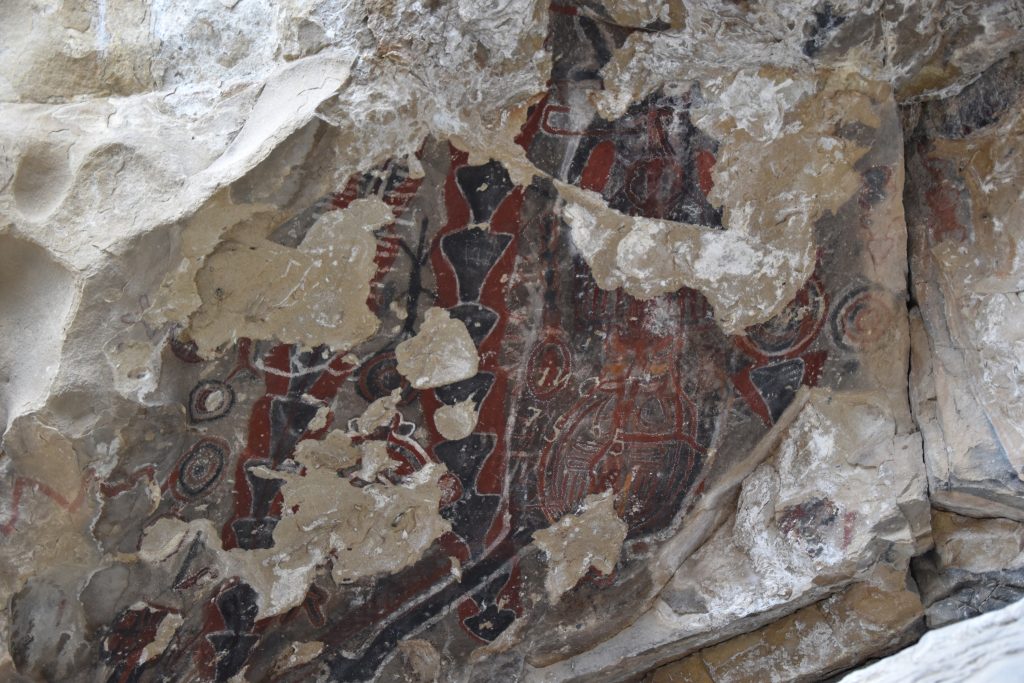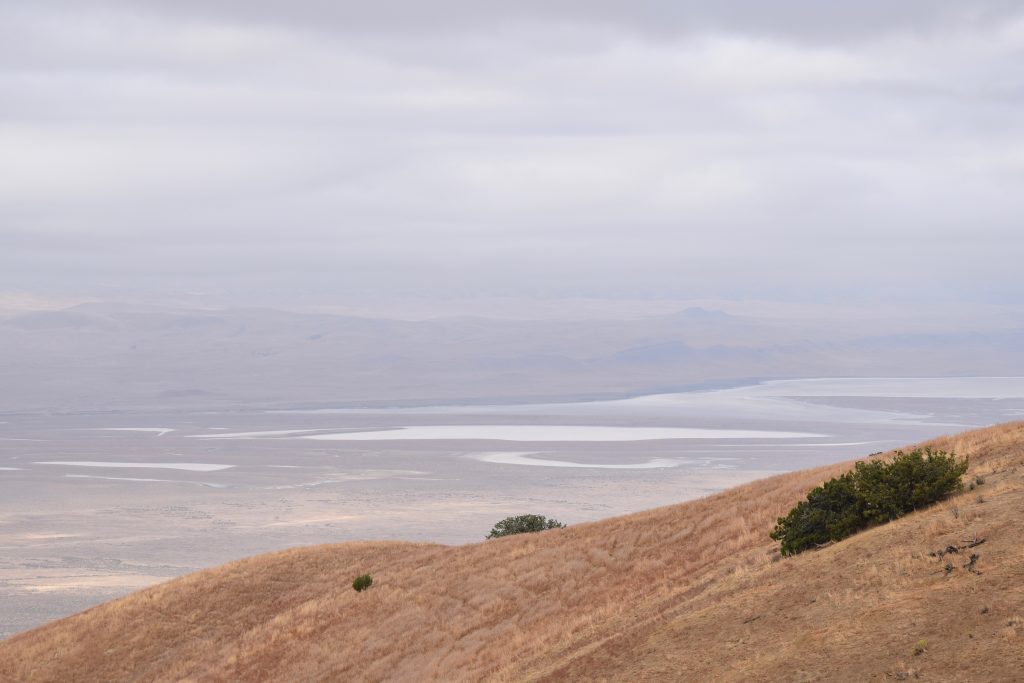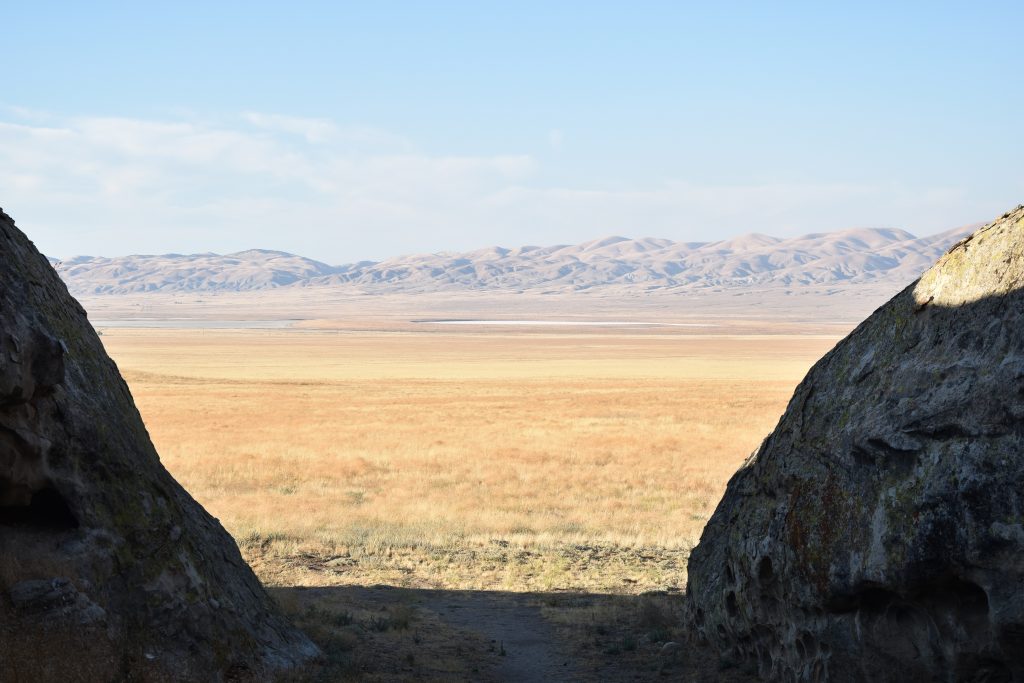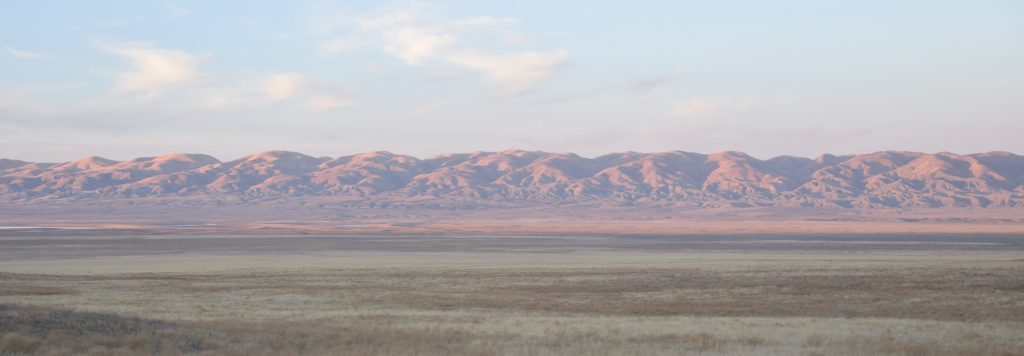
Full of natural splendor and rich in human history, the majestic grasslands and stark ridges in the Carrizo Plain National Monument contain exceptional objects of scientific and historic interest. Since the mid-1800s, large portions of the grasslands that once spanned the entire four hundred mile expanse of California’s nearby San Joaquin Valley and other valleys in the vicinity have been eliminated by extensive land conversion to agricultural, industrial, and urban land uses. The Carrizo Plain National Monument, which is dramatically bisected by the San Andreas Fault zone, is the largest undeveloped remnant of this ecosystem, providing crucial habitat for the long-term conservation of the many endemic plant and animal species that still inhabit the area.
– Presidential Proclamation (January 17, 2001)
If you’ve heard of Carrizo Plain it is most likely due to its famous super bloom that in some years can be seen from space. During spring, wildflowers paint the hillsides in a photographer’s dream. Spring is the time to go, but if you can’t make spring, Carrizo Plain National Monument is still an amazing place to visit.
Established in 2001, the Monument protects the largest intact native grassland in California. These grasslands used to be the dominant landscape of the Central Valley, but were largely eradicated by agricultural practices. The land within the Monument was used for grazing but was not irrigated, and as a result the grassland remains intact.
Carrizo’s Resource Management Plan (essentially a land-use planning document which directs resource and land management for the agency) was finalized in 2010. The plan permits grazing but only grazing as a tool to manage habitat for native species.
Carrizo Plain grasslands provide habitat for an amazingly diverse number of plants and wildlife, and are home to the highest concentration of threatened or endangered species in California. Species include the longhorn fairy shrimp, blunt-nosed leopard lizard, pronghorn antelope, giant kangaroo rat, the California condor and San Joaquin kit fox. We were very lucky to see a kit fox running along the road at night. They are tiny creatures and would be easy to mistake for a tiny puppy. The Monument also includes the largest protected portion of the Pacific flyway, a north-south migratory route spanning Alaska to Patagonia.

3,000-acre Soda Lake is an ephemeral alkaline lake and attracts over 100 different types of birds. It dries out in the summer months, but has water in the winter.
Along with the remarkable diversity of plants and wildlife, the Monument protects Native American rock art sites. Painted Rock is a large horseshoe-shaped rock with pictographs painted inside it by the Chumash, Salinan, and Yokuts people. We have seen a plethora of petroglyphs on our trip but these were our first pictographs. It is believed that the Native Americans used yucca plants to create the paint. The images we saw were significantly deteriorated, chipped away and marred by writings of western settlers and more recent visitors, but it was easy to imagine how stunning the original murals must have been. To visit Painted Rock you must join a group tour or call the BLM for a permit.
From the breathtaking super blooms of wildflowers to wide open expanses offering serene views, BLM has it right when they call Carrizo Plain “one of the best kept secrets in California.”
